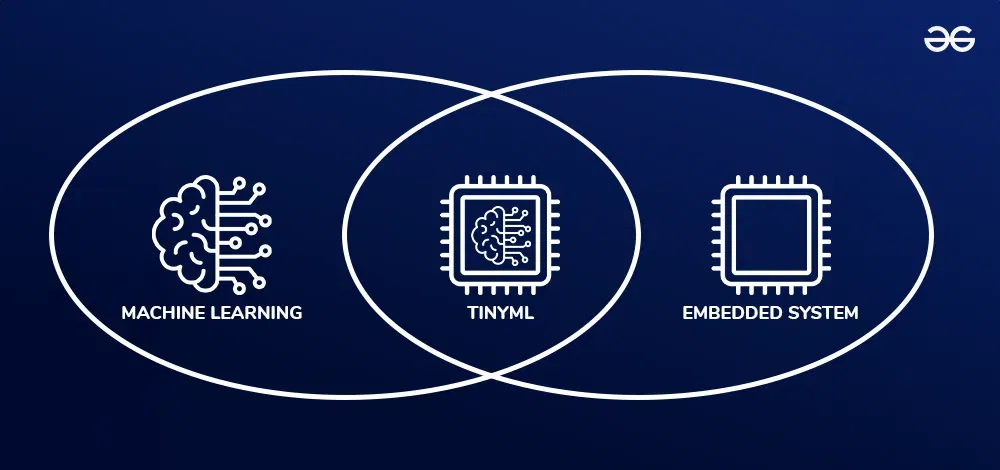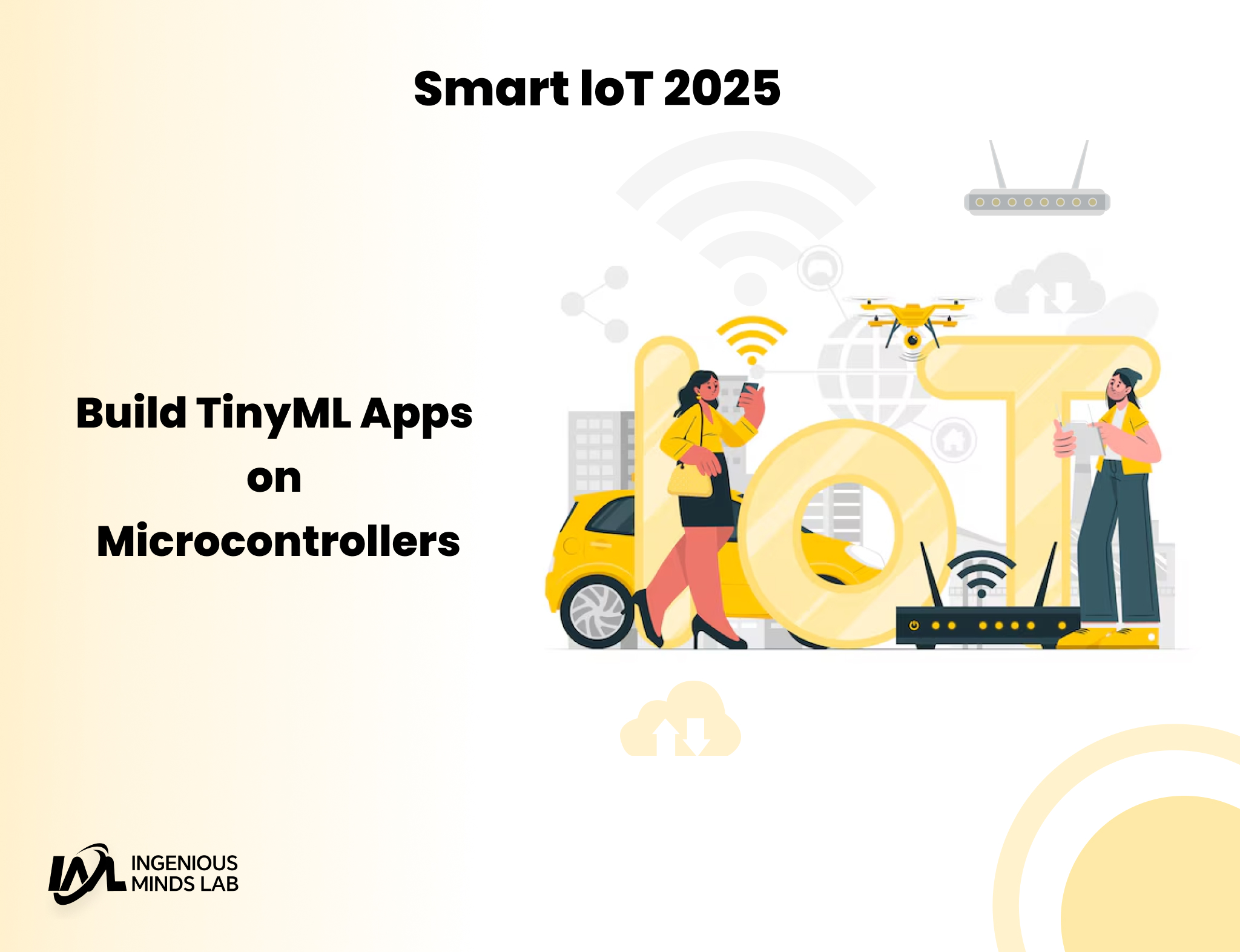Introduction
In 2025, TinyML is reshaping the Internet of Things (IoT) by bringing machine learning directly onto microcontrollers. These lightweight devices can now make decisions locally without the cloud, enabling ultra-low latency, greater privacy, and power efficiency. Whether you’re building smart home systems, agricultural sensors, or wearable tech, TinyML offers scalable intelligence at the edge.
What Is TinyML?

TinyML refers to deploying ML models on microcontrollers with limited computing resources—often less than 1MB RAM and minimal power. It allows real-time inference directly on devices like:
This shift to edge intelligence removes reliance on cloud connectivity, making systems faster and more resilient.
Hardware & Software Stack in 2025
To get started, you’ll need:
- Hardware: Raspberry Pi 5, Arduino Nano 33, or similar
- Software Tools:
- TensorFlow Lite Micro (TFLM) for model deployment
- Edge Impulse Studio for training & quantization
- Zant Zig SDK for embedded optimization
Build Your First TinyML App
Let’s create a real-time gesture recognition app on Arduino Nano 33 BLE Sense.
Step 1: Data Collection
Use Edge Impulse’s mobile app or serial uploader to collect motion sensor data.
Step 2: Train a Model
In Edge Impulse Studio:
- Use motion data to train a simple CNN or decision tree
- Apply quantization (INT8) for optimal inference.
Step 3: Deploy to Device
Export firmware directly from Edge Impulse and flash it onto your board. Alternatively, use TensorFlow Lite Micro manually:
#include "model.h"
#include "tensorflow/lite/micro/all_ops_resolver.h"
TfLiteModel* model = tflite::GetModel(g_model);Step 4: Run Inference
With input from accelerometer:
float* input = interpreter->input(0)->data.f;
input[0] = ...; // sensor values
interpreter->Invoke();
int gesture = interpreter->output(0)->data.f[0];Now your board can recognize gestures instantly—no cloud needed!
To reduce inference time and save memory:
- Use quantization-aware training (INT8)
- Apply pruning and weight clustering
- Compress models below 100KB
A typical model can run with <20ms latency on Pi 5 and <40KB flash on Arduino.
Real-World IoT Use Cases
- Smart Homes: local voice command detection, gesture lights
- Wearables: fitness monitoring, fall detection
- AgriTech: crop disease prediction, irrigation control via sensor fusion
- Environmental Monitoring: air quality, noise detection, edge analytics
These use cases require low-latency, privacy-preserving intelligence—TinyML delivers.
Challenges to Watch
- Limited RAM/Flash: optimize models aggressively
- Security: protect firmware & sensor data from tampering
- Toolchain fragmentation: choose integrated platforms (Edge Impulse, TFLM)
Future of TinyML & Edge AI
In 2025 and beyond, expect:
- On-device learning for personalization
- Decentralized inference in mesh networks
- Integration with blockchain for secure edge data logs
TinyML will soon power autonomous drones, smart cities, and assistive robotics—right at the edge.
Conclusion & CTA
TinyML unlocks true smart IoT, bringing AI directly to sensors and embedded devices. With modern tools like Edge Impulse and TensorFlow Lite Micro, anyone can build fast, intelligent, and secure edge apps.
Start building your own TinyML app today and bring real-time intelligence to the edge.
Do not forget to visit our other informative blogs.
- https://ingeniousmindslab.com/blogs/how-artificial-intelligence-in-2025-is-transforming-everyday-life/
- https://ingeniousmindslab.com/blogs/revolutionizing-legacy-system-modernization-with-ai-challenges-opportunities-and-growth/
FAQs
Q: Can I use TinyML on Raspberry Pi?
Yes—Pi 5 supports full TensorFlow Lite and even PyTorch Mobile.
Q: How do I monitor models in the field?
Use serial logging, onboard storage, or wireless sync with Edge Impulse EON.
Q: Is training done on the device?
Typically no—training happens on a PC/cloud. Inference runs on-device.
Q: What is quantization in TinyML?
It reduces model size by converting weights from float32 to int8.
Q: What’s the best board for TinyML?
Arduino Nano 33 BLE Sense or ESP32-S3 are excellent for 2025 deployments.
